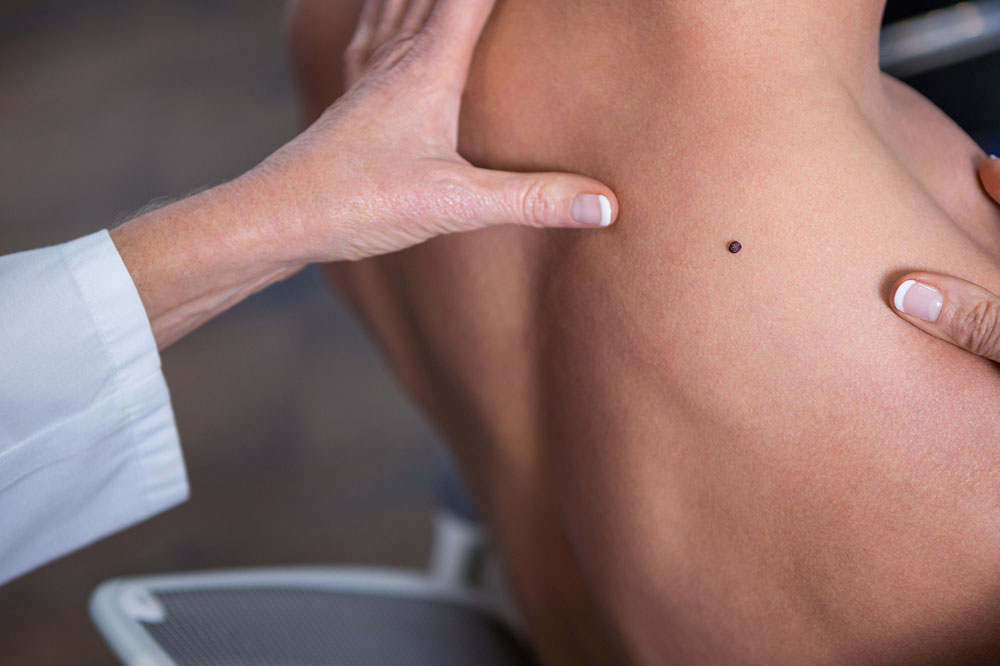
Prevention, Symptoms, and Effective Treatments for Melanoma
Melanoma, a type of skin cancer, occurs when the pigment-producing cells in your body mutate and divide rapidly. These cells are known as melanocytes, and they can cause melanoma to develop anywhere on the skin. Although this condition is less common than other types of skin cancer, it is dangerous as it can spread to different body parts if not diagnosed and treated early. Here’s some information on melanoma prevention, symptoms, and treatment options.
1. Symptoms of melanoma
While melanoma may develop in any part of your body, it is more common in areas that get exposed to the sun often, such as the face, arms, legs, and back. Common symptoms of this condition are:
- Changes in the shape, size, or color of an existing mole.
- Any skin changes, such as one or more new moles.
- A skin sore that does not show any signs of healing.
- A spot, mole, or sore that becomes itchy, painful, or tender.
- A spot, mole, or sore that starts to bleed.
- A red bump on the skin that looks ulcerated
- A dry, rough and scaly red spot on the skin
2. Prevention of melanoma
In this article on melanoma prevention, symptoms, and treatment, here are some tips to reduce the risk of melanoma:
- Wear sunscreen before stepping out
This is important to protect your skin against harmful UV rays. For best results, use a broad-spectrum sunscreen with an SPF of 30 or higher. - Avoid stepping out when the sun is the strongest
The rays of the sun are the strongest in the afternoon, so do not plan outdoor activities during this time of the day. This may help prevent sunburns and also alleviate the risk of skin cancer. - Wear protective clothing
Wear tightly woven clothing to cover your body perfectly. You must also wear a hat or cap and sunglasses to protect your face and eyes from the sun. - Avoid the use of tanning lamps and beds
These lamps and beds emit harmful UV rays that may elevate the risk of melanoma. - Examine your skin often
Examine your skin as this will help you spot any new skin growths or changes in existing moles, bumps, and birthmarks.
3. Treatment of melanoma
- Surgery
This is the main treatment option for melanoma. Surgery is performed to remove the cancerous mole, bump, or sore, and some noncancerous tissue that surrounds it. - Skin graft
If the condition spreads over a large area of your skin, doctors may opt for skin grafting. - Lymph node biopsy
This is done if cancer has spread to the lymph nodes. - Radiation therapy
Doctors recommend radiation therapy in the later stages of melanoma. If cancer has spread to other organs, chemotherapy, immunotherapy, or targeted therapy may be necessary.
These are melanoma prevention, symptoms, and treatment options. As melanoma is an aggressive type of cancer, it can be dangerous and difficult to control when it spreads. Hence, if you notice a new mole or lesion that has an irregular shape and uneven distribution of color, get it examined at the earliest.



